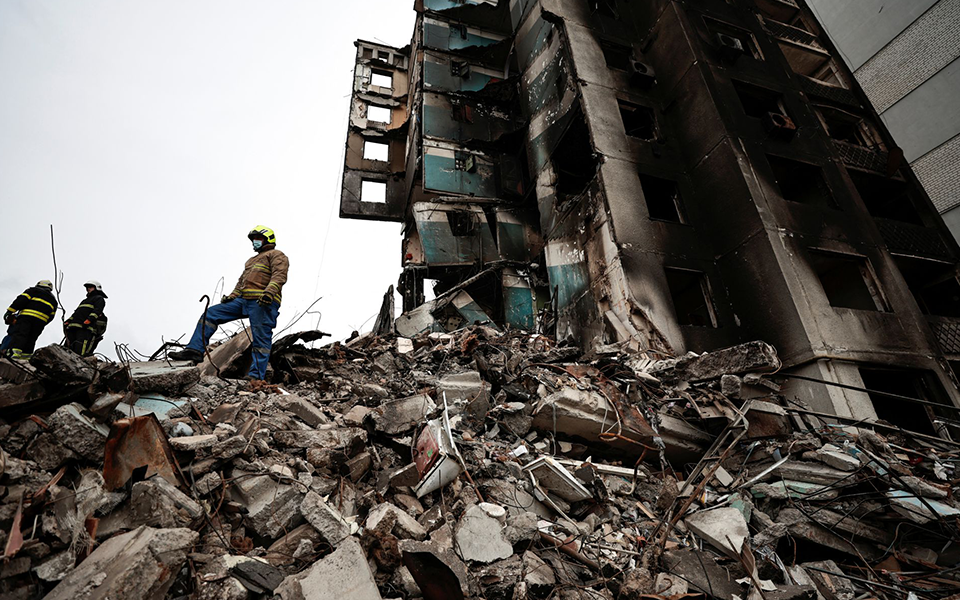Another study by the Gallup International Association (GIA) indicates that the world is looking to 2024 as a sign of the worst disasters. Nuclear war included.
Most people around the world expect a turbulent year in 2024. Eight out of ten citizens on all continents fear possible nuclear war, and rate the risks as moderate or high. Most also expect economic difficulties rather than economic prosperity next year, although the peak of economic pessimism has passed with Covid-19.
These are some of the key findings of the traditional end-of-year poll conducted by the Gallup International Association (GIA), and in Portugal the study was conducted by Intercampus. On the other side of the problems – perhaps on the side of the dispersed, “a quarter of people around the world hope for a more peaceful 2024”; But “two out of five expect the opposite – a more turbulent year.”
“Almost everyone expects the same thing as before,” the Portuguese side of the poll said in a statement. So concerns definitely prevail. A few years ago, for example, the Global Peace Optimism Index revealed roughly equal shares of optimists and pessimists. It now appears that the war in Ukraine has raised concerns around the world.
In Ukraine itself, 26% of respondents expect a more peaceful year, 33% expect a more turbulent year, and 36% expect the same. The remaining respondents were unable to respond. In Russia, the quotas became 12% peaceful, 35% more volatile, and 29% the same.
In general, the West seems concerned. In the opposite corner, there are more southern and eastern countries, with examples such as Afghanistan and Indonesia reaching 68% of positive expectations regarding peace and war.
“Unfortunately, there has been no significant reduction in nuclear fears. Two-fifths of those interviewed now see a high risk of nuclear weapons being used. About the same proportion of moderate risk assessments and only 14% see no risk. The remaining respondents were unable to respond.”
As was the case last year, the majority of US respondents see the risk as moderate. In Russia, attitudes were more like last year – this time the announced quotas for moderate versus high risk ranged from 40% to 20%.
“Two in five respondents around the world expect a better year, and one in four expect a worse year. About 30% expect the same as the previous year. Countries such as Germany, the United States and Russia show some improvement in expectations compared to the end of 2022, although they are still… Feel anxious.
Countries like Iran, for example, are not pessimistic, India is clearly positive, and the countries of the South, for example, are traditionally optimistic. Conversely, Europe remains not so positive, except for the happy Albanian communities. It is worth noting that Saudi Arabia shows positive expectations of 84%. In Portugal, 29% of respondents were optimistic about a better year, and 44% believe we will not have a better year.
The economic outlook is also showing signs of relief, but they are very weak. 39% expect a year of economic hardship, which is nine points lower than twelve months ago. On the other hand, expectations of prosperity, or at least the absence of change, indicate some increase, but pessimism still prevails. In Portugal, the economic outlook was buoyant for 17% of respondents and pessimistic for 63%. The statement also said that this would be the same for 19% of respondents.
A total of 40,428 people were interviewed globally. In each country, a representative sample of approximately 1,000 men and women were interviewed during the period from October to December 2023, either in person, by telephone or online. The poll's margin of error ranges between +3-5% at a 95% confidence level.

“Wannabe internet buff. Future teen idol. Hardcore zombie guru. Gamer. Avid creator. Entrepreneur. Bacon ninja.”

